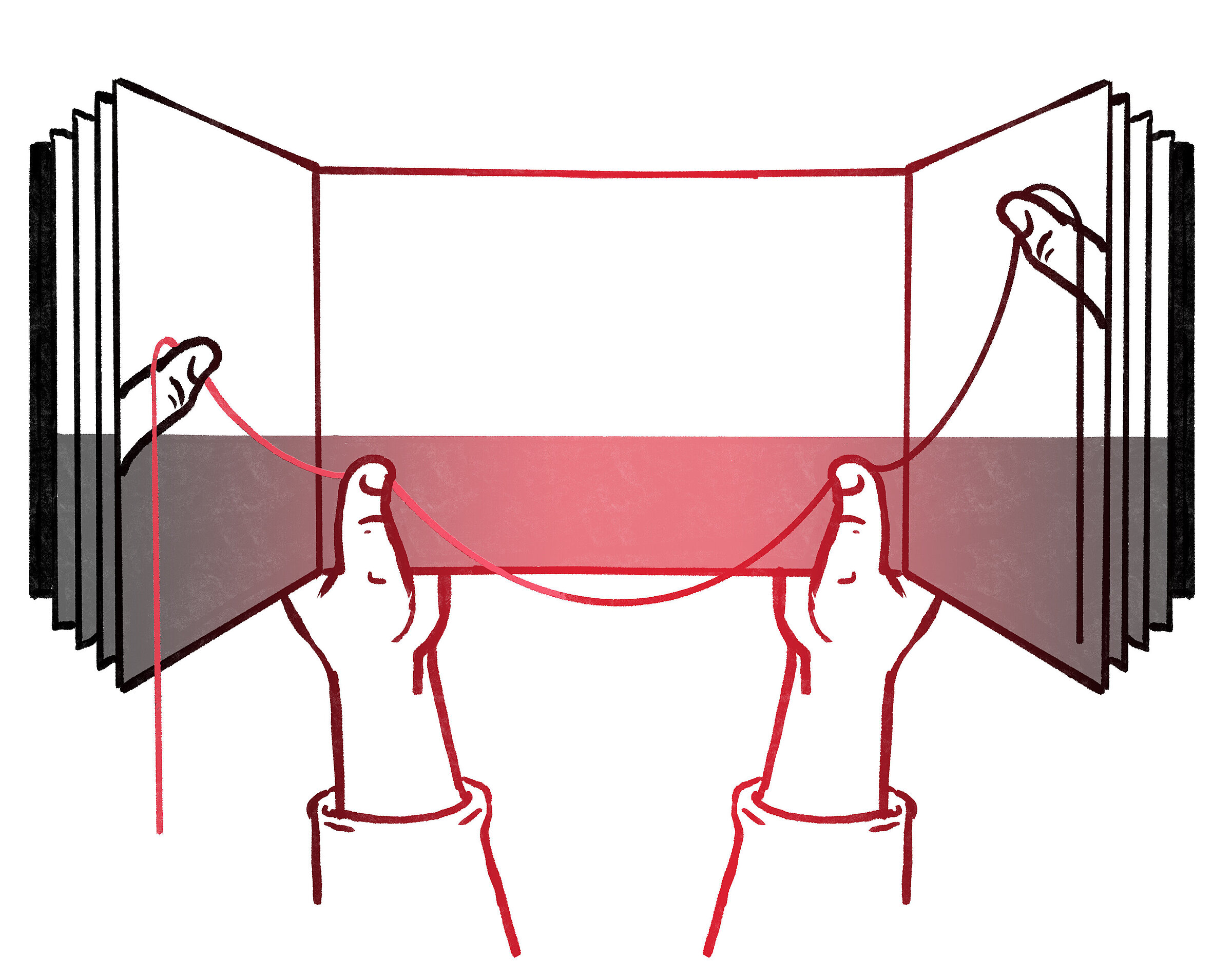Experimental literature can be something of a challenge. These texts are dense, but then, it's their opaqueness that makes reading them such an enriching experience. They can encourage us to readjust the lens we use to catalog and classify our experiences in order to see things from a fresh angle. My research is focused on highly experimental texts from the 1970s that rarely follow conventional textual logics. They have a slender plot and lack discernible characters, and linear chronology.
In fact, many readers have no idea how to approach these texts, but those who do engage with them are often drawn in and find them incredibly immersive. The focus on space, time, plot, and characters is dissolved in favor of rhythm, repetition, and other, more gradually emerging structures. This gives rise to unfamiliar associative logics, like new synapses being created in the brain.
One of the texts I'm analyzing is a novel from 1973 titled Triptyque. Its author, Claude Simon, who later received the Nobel Prize in Literature, tries to apply the compositional idea of the triptych in painting to a literary text. In the novel, he records his emotional responses to certain paintings in the form of an affective tableau. This creates a myriad of nuanced emotions that readers can discern and feel without being able to name them.
Another experimental text I'm looking into is the novel Tripticks by Ann Quin, which was published a few months earlier. In it, a nameless, mentally unstable first-person narrator, who believes he is being chased by his ex-wife and her new partner, recounts his meandering journey across the United States. Laced into the narrator's impressions, emotions, and memories are countless references to pop culture and advertising slogans, making it impossible for readers to draw a line between the character's inner and outer world. The typical distinction between main character and environment is substituted by a complex web of material and discursive affects.
Using different approaches, both texts attempt to express emotional dynamics and emotional nuances that are difficult to describe. For my analyses I draw on Affect Theory, which distinguishes between affects, feelings, and emotions. First, there are affects that we often don't register consciously. Then, there are feelings that we are aware of but have difficulties finding the right words for. Emotions, finally, are easily identified and subject to cultural codes. Affect Theory is based on the premise that certain affects and feelings aren't articulated in language because culturally they have been assigned a marginal status. But if affective nuances aren't reflected in language, we risk creating an environment in which stereotypes flourish.
Its challenging techniques allow experimental literature to map our subconscious affects in particular. Instead of restricting itself to only a handful of basic emotions (this is the range suggested by cognitive psychology, for instance) experimental writing embraces emotional heterogeneity. In terms of reception, we can speak of affective reading, that is a form of reading where readers experience the affects encoded in the texts. My key motivation is to highlight the ways in which literature can effectively communicate underexposed emotional dynamics.


